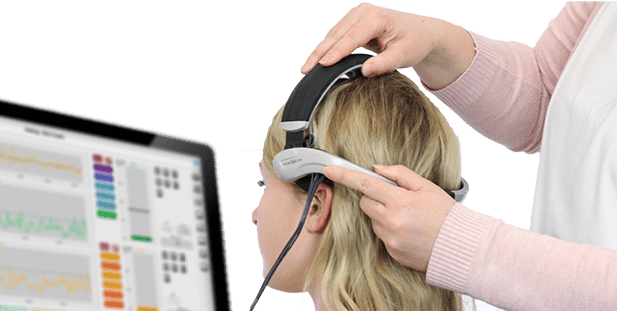
What is an EEG?
An EEG is a test that detects abnormalities in your brain waves, or in the electrical activity of your brain. During the procedure, electrodes consisting of small metal discs with thin wires are pasted onto your scalp. The electrodes detect tiny electrical charges that result from the activity of your brain cells. The charges are amplified and appear as a graph on a computer screen, or as a recording that may be printed out on paper. Your healthcare provider then interprets the reading.
The ClinicalQ™ Assessment, developed by Dr. Paul G. Swingle, is a remarkably simple and effective intake method that examines brain activity at 5 major sites as a basis for identifying dysfunction and determining training plans quickly and efficiently. Using a clinical data based not a normative data base avoids diagnostic labels and categorizing but focuses rather on the behavioral manifestations of the inefficiencies found in brain activity.
This rapid intake assessment requires about 20 minutes of recording at 5 brain sites (O1, Cz, F3, Fz, F4). At locations Cz, O1, F3 and F4 three brainwave bands are recorded: Theta (3-7Hz), Alpha (8-12Hz) and Beta (16-25Hz). At Cz and O1 we measure Eyes Open (EO) and Eyes Closed (EC) and also we test the harmonics to be used in the Braindryvr to verify that they affect brainwave amplitude as expected.

